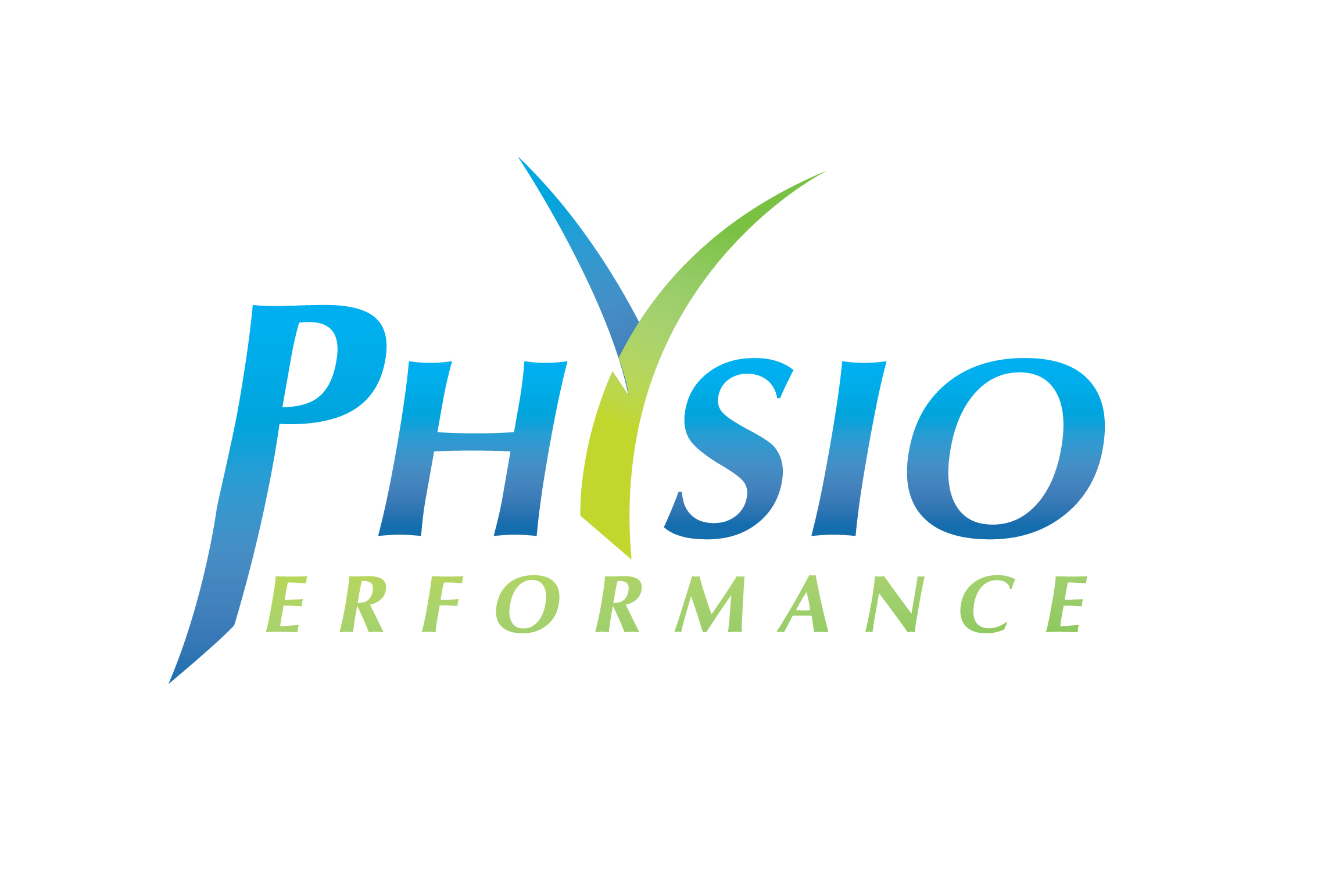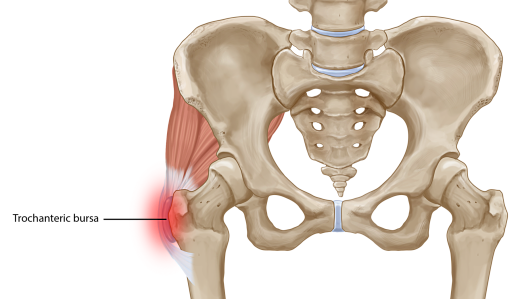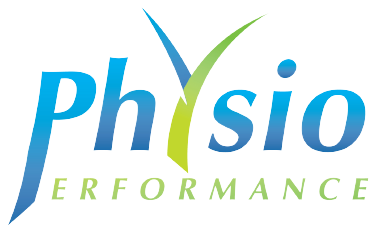Do you have ongoing pain in the side of your hip?
Here at Physio Performance Drogheda, we treat a large number patients on a weekly basis whom suffer from pain in the side of the hip. A common cause of hip pain is Trochanteric Bursitis or Hip Bursitis.
Trochanteric Bursitis is inflammation/irritation of a bursa around the side of the hip, an area known as the greater trochanter. A bursa is a fluid-filled sac that helps to reduce friction around areas of the body that experience repetitive movement or contain many different working structures. Bursas work as a cushion/gliding surface to reduce friction and irritation.
The main symptom of Trochanteric Bursitis is pain at the point of the hip, and may extend out into the side/front of the thigh in some cases. Usually bursitis in this area causes a sharp pain with palpation or compression of the area. Dull and aching pain may be a long term symptom and is usually more widely spread through the thigh.
Causes
Trochanteric Bursitis can be caused by a number of different reasons. The most common cause of the issue is repetitive stress or overuse, classically through extended periods of running or cycling. A direct blow to the hip can also cause trochanteric bursitis, or lying on the area for long periods, for example patients in hospital beds can suffer from bursitis.
Rheumatoid arthritis can lead to an increased likelihood of inflammation in the bursa. A leg-length discrepancy, or spinal conditions such as scoliosis can alter the way in which we walk and so can lead to irritation in the bursa. And calcium deposits/bony spurs in the area around the bursa can lead to increased friction and irritation.
Treatment
Trochanteric Bursitis can be treated in a number of different ways, usually depending on the initial cause of the irritation/inflammation in the area. For example if a spinal condition or leg length discrepancy was the cause, usually a shoe or heel lift combined with some strengthening exercises will solve the problem over time.
With overuse injuries the main driver of treatment is removing the activity exacerbating the pain, while working on strength and mobility in the hip before gradually returning to usual activities. Throughout treatment anti-inflammatory drugs may be helpful to relieve pain also.
Here at Physio Performance, we use a treatment called Shockwave Therapy to help treat Trochanteric Bursitis. The term shockwave refers to high energy sound waves. These shockwaves are conducted from the hand piece to the painful body region, where they apply their healing effect. Shockwaves accelerate the healing process by activating the body’s self- healing capacities. They stimulate the metabolism and improve the blood circulation. Damaged tissue regenerates and eventually heals.
If conservative measure are not successful, Steroid injections can also be used to treat Trochanteric Bursitis. Injection of a corticosteroid along with a local anesthetic may also be helpful in relieving symptoms of bursitis. This is a simple and effective treatment that can be done in the doctor’s office. It involves a single injection into the bursa.
Rehabilitation/Load Management
Load management is key when dealing with Trochanteric Bursitis, the condition is seen as a result of repetitive strain/overuse. Usually this involves some form of endurance exercise, whether that is distance running, cycling etc. In order to reduce inflammation in the area it is important to reduce/cease the level of activity and avoid painful movements.
While altering/removing the activities that irritate the bursa is the most important aspect of recovery, strength training is also advised to gradually re-introduce the area to movement. It is also a good opportunity, while reducing exercise load, to work on any weaker areas in the upper or lower limbs.
Once irritation is at a minimum, it is important then to very gradually re-introduce the activity that initially irritated the bursa. This gradual reintroduction will help to mitigate any risk of re-irritating the Trochanteric Bursa.
The Physio Performance Way:
We are the specialists here in the Drogheda area dealing with Trochanteric Hip Bursitis.
We can guide you right through the whole journey: From initial diagnosis to a full recovery.
A rehabilitation program will be customised for you – with the right treatment, we’ll get those hips moving again!
Next step:
If you’d like to get on top of your niggling hip pain or you’re looking for some advice, we’d love to help!
You can contact us on 041-9877059 or at info@physioperformance.ie. You can also book an appointment online with us HERE.





